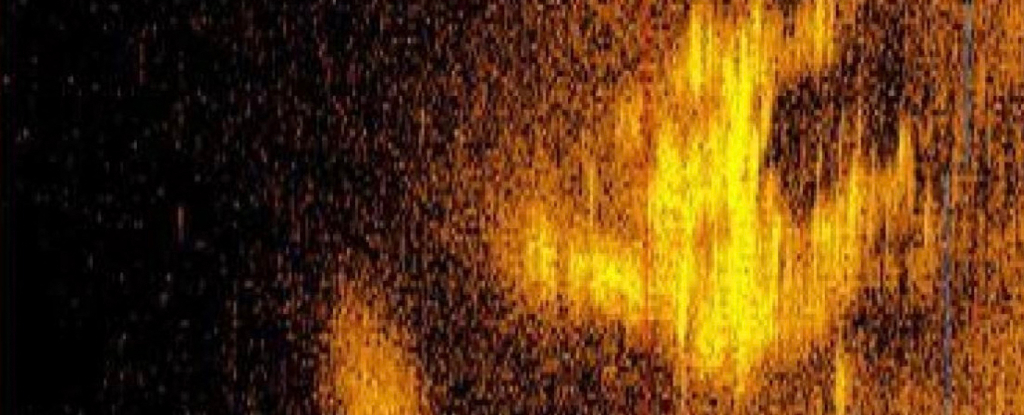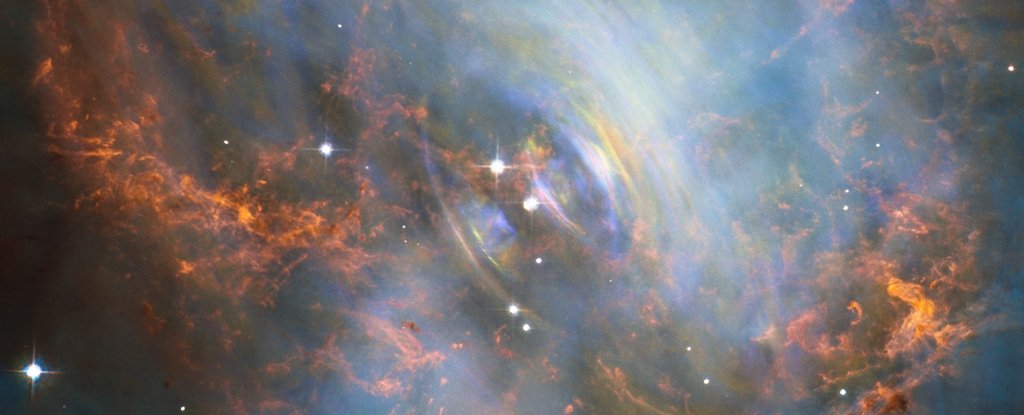ARTICLE AD
NASA is preparing for the uncrewed return of Starliner, leaving behind the two-astronaut crew that traveled on board the troublesome spacecraft to reach the International Space Station (ISS). To ensure a safe departure, the space agency has devised a quicker way for Starliner to move away from the ISS before it makes its way home.
Boeing’s beleaguered Starliner mission is finally coming to an end, returning empty to Earth while its crew waits for a ride home on board SpaceX’s Dragon. Starliner is scheduled to autonomously undock from the ISS on Friday at 6:04 p.m. ET, and is set to land at the White Sands Space Harbor in New Mexico on Saturday at 12:03 a.m. ET. The spacecraft had a less-than-ideal journey to the ISS, and mission teams have devised a modified departure for Starliner to avoid any risk from its faulty thrusters.
Shortly after undocking from the space station’s Harmony module, Starliner will execute a breakout burn that will take the spacecraft up, over, and back behind the ISS. “This alternate approach…it just helps us to get Starliner away from ISS more quickly,” Dana Weigel, ISS program manager, said during a press conference on Wednesday.
Starliner has made two uncrewed trips to the ISS, both times it carried out a standard undocking whereby it backs up and then starts an engine burn to go up and over the space station. At the top of the space station, it would then do a departure burn to send it down underneath the ISS where it would coast and wait for its time to deorbit. For the breakout burn, Starliner will instead immediately start going up and away from the ISS. From there, it will take the spacecraft about three or four orbits before executing its deorbit burn that would dip it into Earth’s atmosphere.
“It puts less stress on the thrusters,” Steve Stich, manager of NASA’s Commercial Crew Program, said during the press conference. “In other words, there’s fewer thruster firings. After undocking, we’ll start this small series of burns using primarily the forward thrusters…and it’s really about five minutes or so to execute that whole sequence.”
During a press conference held earlier today, NASA officials downplayed any suggestions that the breakout burn is meant to prevent Starliner from crashing into the ISS.
Starliner has been docked to the ISS for nearly three months, way more than its planned one-week test flight. The Starliner CST-100 spacecraft launched atop a United Launch Alliance’s Atlas V rocket on June 5, carrying NASA astronauts Butch Wilmore and Sunni Williams. During its approach to the ISS, five of the spacecraft’s thrusters failed, and the spacecraft developed five helium leaks, one of which was identified prior to liftoff.
NASA and Boeing spent the past couple of months deciding on whether to bring Wilmore and Williams back home on board Starliner. In late August, NASA finally decided to bring back the astronauts on board SpaceX’s Crew Dragon capsule. As a result, Boeing’s Starliner will return to Earth without its crew despite previous claims that the spacecraft was capable of carrying the two astronauts back home.
The two astronauts, Williams and Wilmore, will return with SpaceX’s Crew-9 mission, which was originally slated to launch with four astronauts aboard in August, but will now take off with just two crew members as early as September 24. The Starliner crew is now slated for return in February 2025, after having spent around eight months in space while originally planning for an eight-day stay on board the ISS.
More: The Latest in Boeing’s Starliner Fiasco is a Feud Over That ‘Buzzing’ Valve

 2 months ago
20
2 months ago
20 

